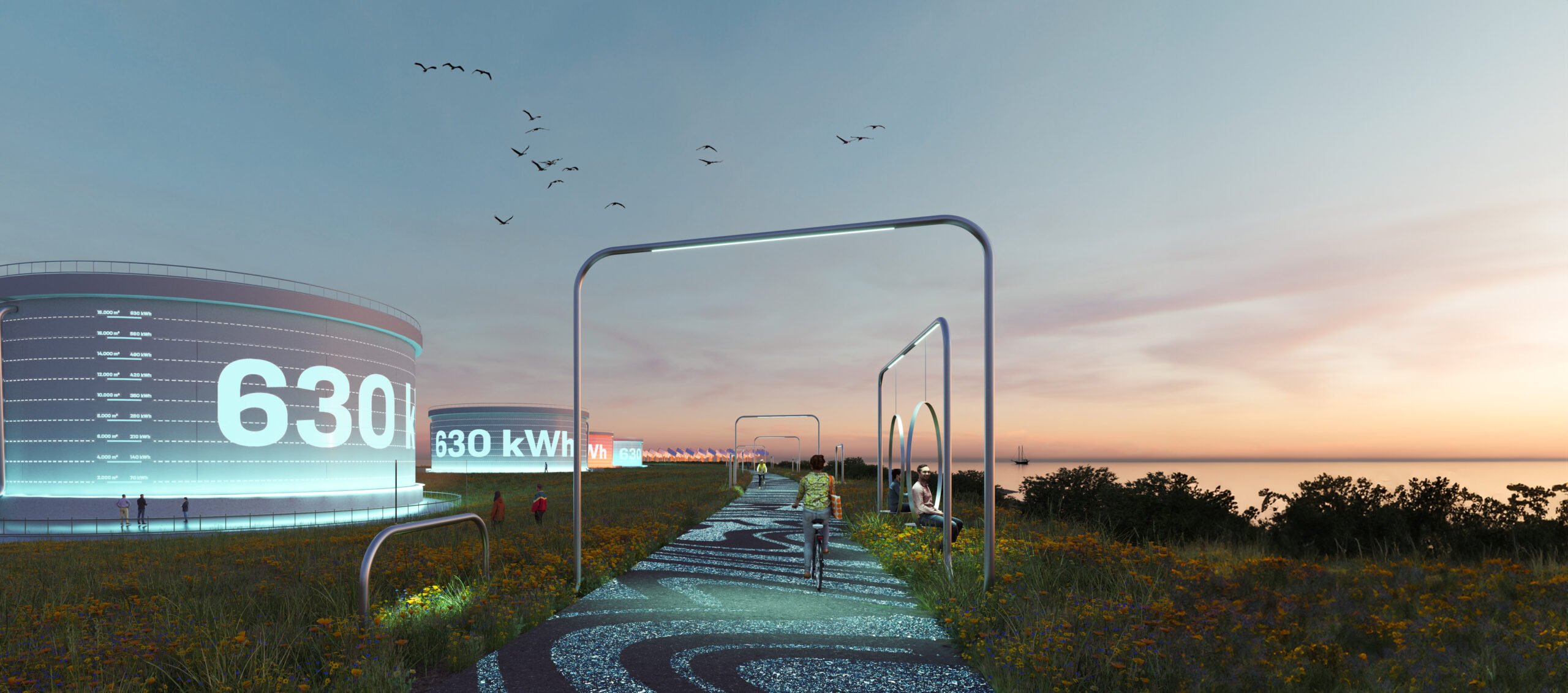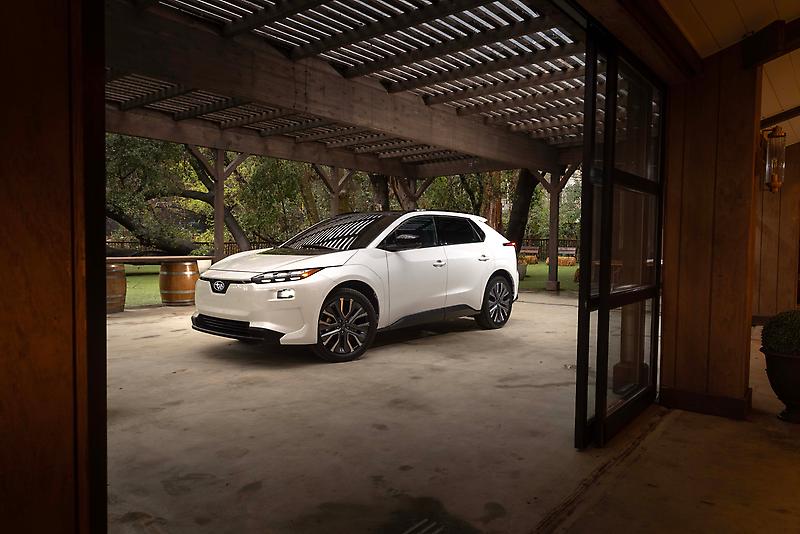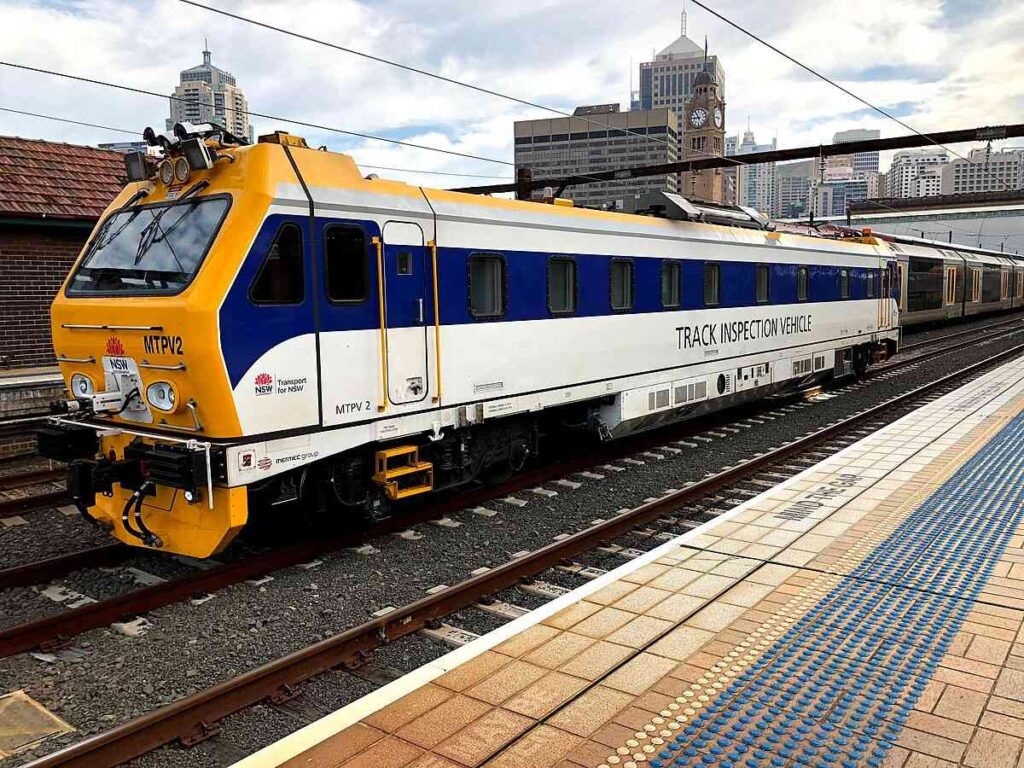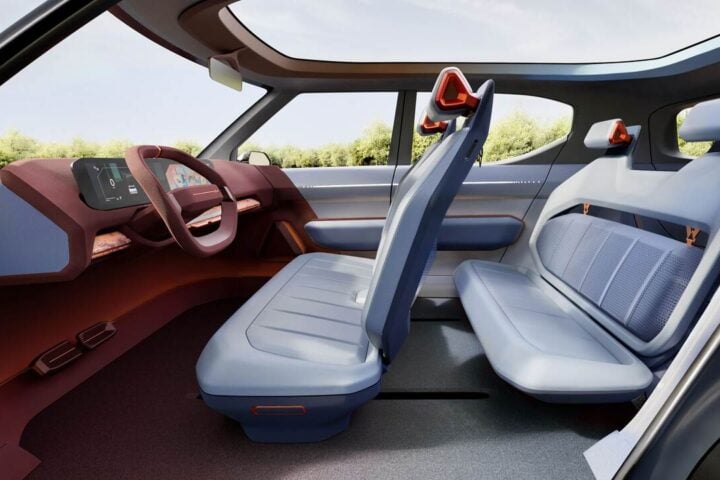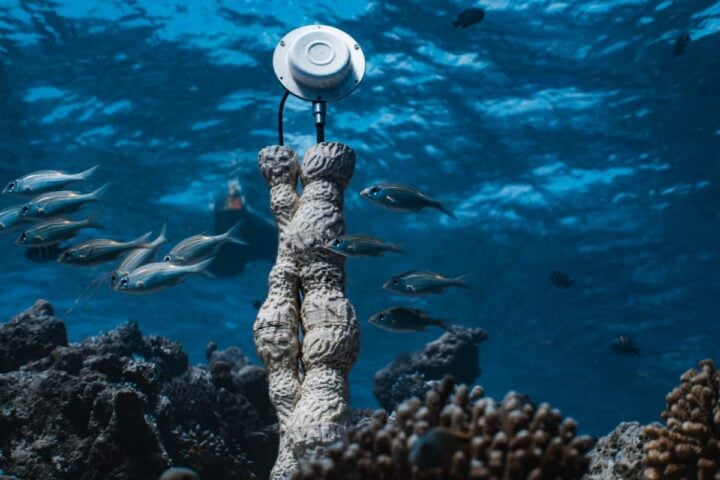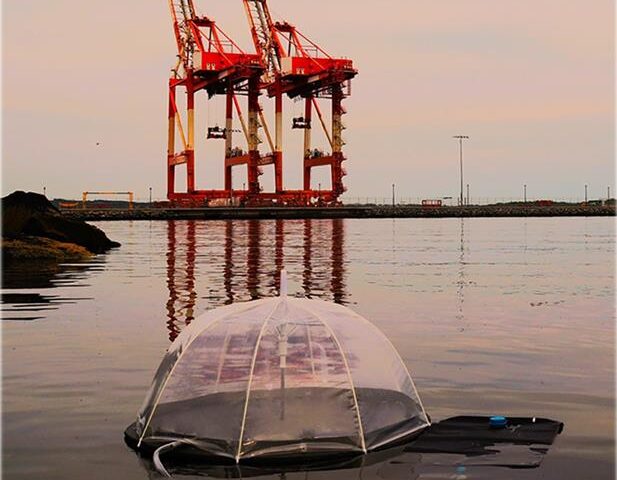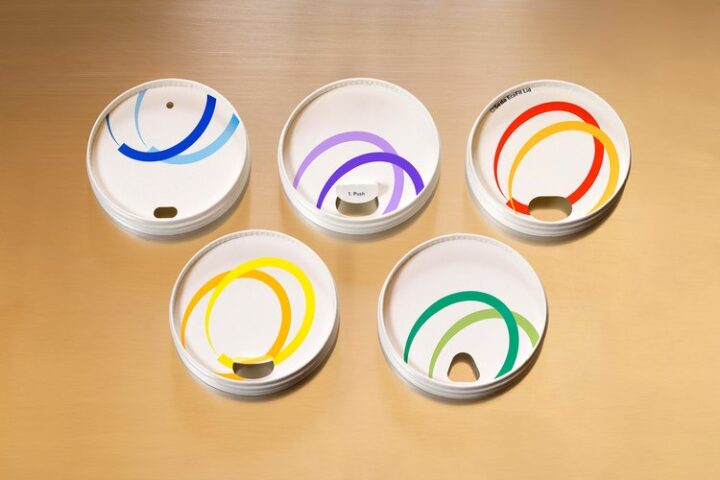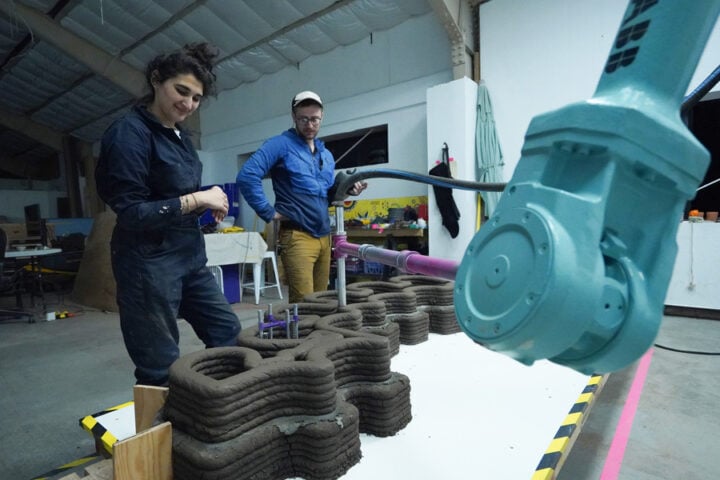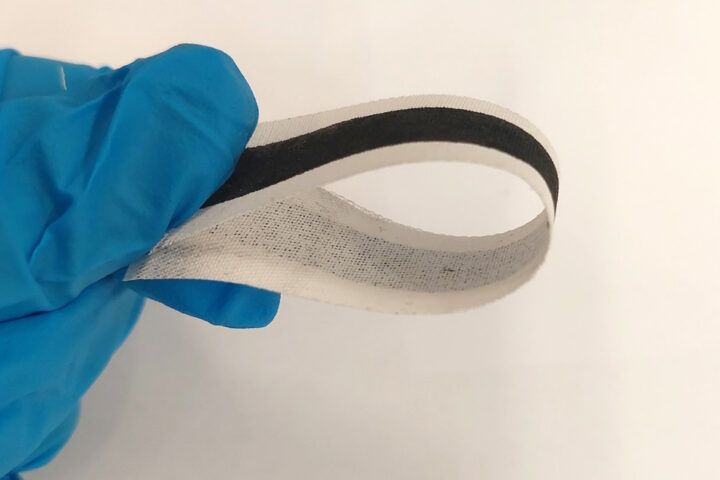In northern Trieste, a remarkable transformation is taking place. Six 15-meter-high former oil tanks are being converted into “water batteries” as part of a 365,000 m² seafront park powered by agrivoltaics. This project, designed by CRA-Carlo Ratti Associati, turns industrial relics into renewable energy infrastructure while creating public space.
The decommissioned refinery sits on what’s classified as a Site of National Interest (SIN) due to hydrocarbon contamination, requiring careful environmental remediation before the area can be safely repurposed. The tanks will store seawater pumped to height using solar energy, then release it through turbines to generate electricity when needed – a perfect example of pumped hydroelectric storage.
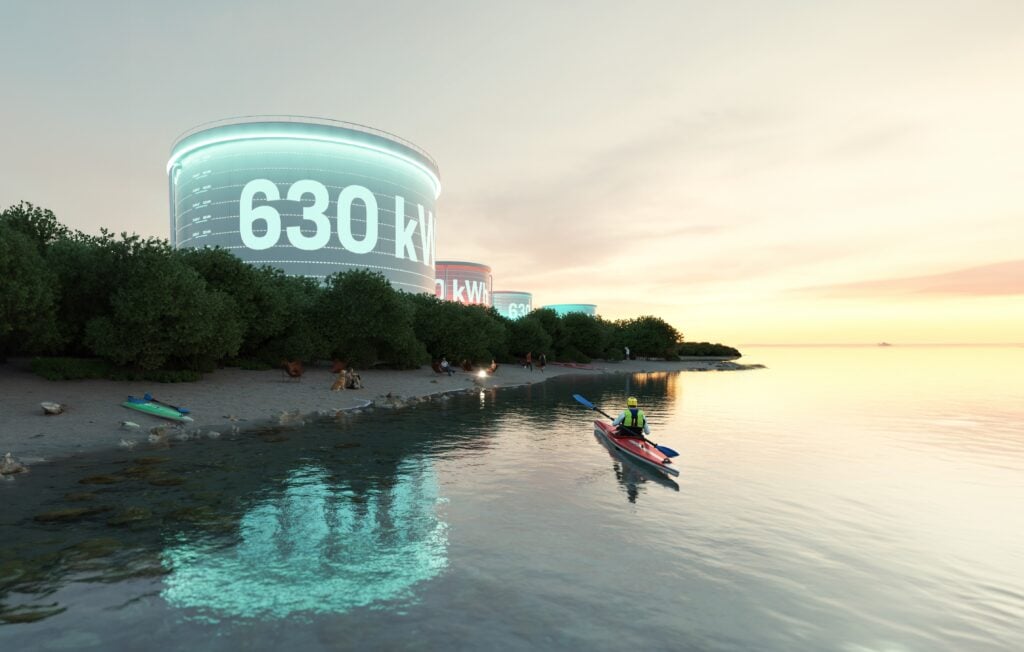
“The project reimagines energy infrastructure as something that can be visible and accessible to citizens,” said Carlo Ratti, according to the CRA project documentation.
The six former oil tanks have a combined capacity of 110,000 m³. When filled with seawater, they store approximately 4.5 MWh of potential energy (using the formula U = mgh, where m is the mass of water, g is gravitational acceleration, and h is height).
With typical pumped storage efficiency of about 79%, the system can deliver around 3.6 MWh per cycle. Assuming 250 full cycles annually, the system could provide roughly 900 MWh of electricity each year, offsetting approximately 450 tonnes of CO₂ emissions.
The energy required for pumping will come from an agrivoltaic system – solar panels mounted above parkland – covering about 60,000 m² and generating approximately 10 GWh annually, making the system completely self-sufficient.
The site has been classified as a SIN (Site of National Interest) since 2003 under Italian legislative decree DM 468/2001, requiring extensive environmental cleanup. The regulatory framework (D.Lgs. 152/06) mandates a multi-phase remediation process including characterization, design, execution, and certification.
Parts of the waterfront have already been remediated ahead of public works. The project will utilize soil washing techniques near tank foundations, phytoremediation in green areas, and continuous groundwater monitoring wells. Quarterly air quality and noise measurements will be conducted and published online.
Construction is scheduled to begin June 2025, with preliminary works and remediation running from Q3 2025 to Q2 2026. The agrivoltaic installation is planned for Q3-Q4 2026, with pump-hydro commissioning expected in Q1 2027.
Similar Posts
The project’s estimated budget is €40-50 million, broken down approximately as:
- Remediation: €10 million
- Park and photovoltaic infrastructure: €25 million
- Innovation hub: €10 million
Funding is expected to come from multiple sources including EU NextGenerationEU green transition grants, Horizon Europe “Cities of Tomorrow” cluster funding, Port Authority capital, and private R&D investments from partners like Systematica (handling logistics modeling) and Hydrodata (providing hydraulic design expertise).
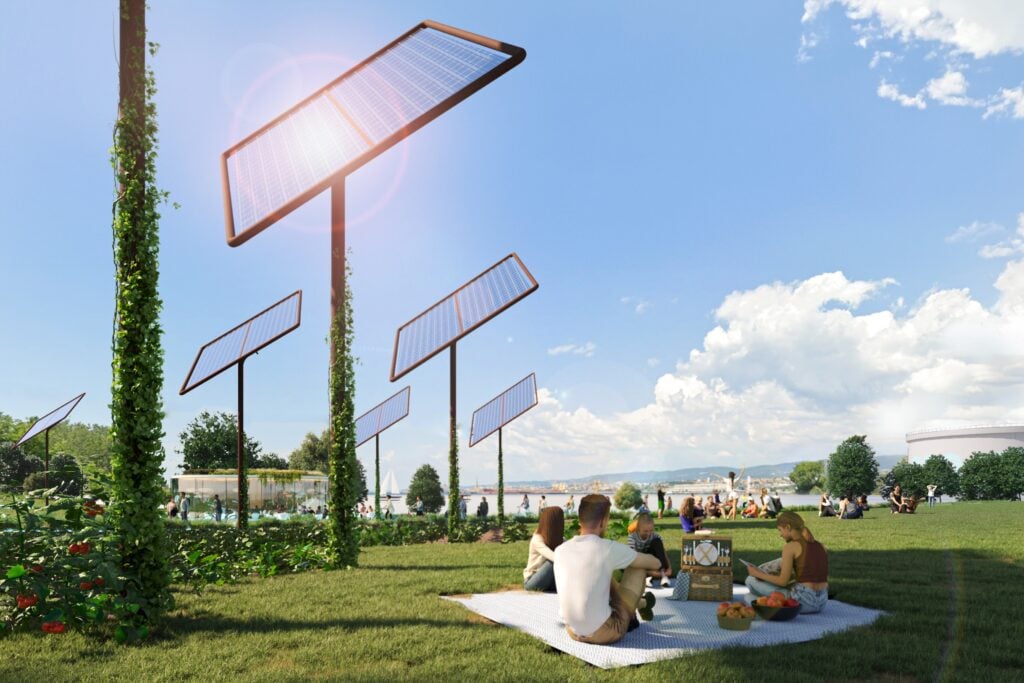
The master plan connects Trieste to Muggia with a public promenade featuring leisure spaces, urban farms, and a biotech Innovation Park. The project preserves industrial heritage by maintaining the tanks and original pipes as interpretive trails, with QR codes providing historical context.
Biodiversity measures include salt-tolerant wetland plantings, seabird nesting boxes, and fish-pass channels at the outflow to support marine communities.
The project will be managed through a joint venture between the Port Authority and Comune di Trieste, with a foundation incorporating university and municipal representation overseeing the park.
Public workshops were held in 2023 with local residents, fisherfolk, and Muggia officials to refine access routes and signage. Educational elements include on-site kiosks explaining pumped-hydro mechanics, with virtual reality tours planned for schools during the upcoming Biennale Architettura 2025, which Carlo Ratti is curating.

The Port Authority announced that groundbreaking is scheduled for June 2025. The University of Trieste’s Department of Environmental Engineering will be assessing real-time performance analytics once the system is operational.
During an April 2025 Venice talk previewing the Biennale, Carlo Ratti emphasized the “democratization of energy infrastructure” that the project represents. The project is part of Ratti’s vision for visible infrastructure as urban experimentation, which will be showcased at Biennale Architettura 2025.
